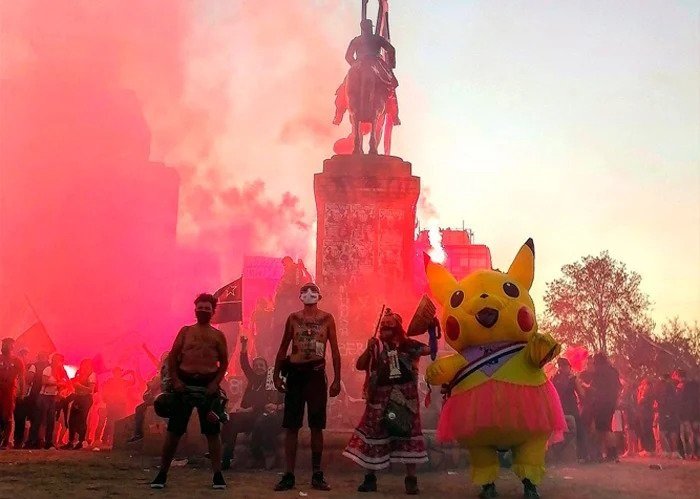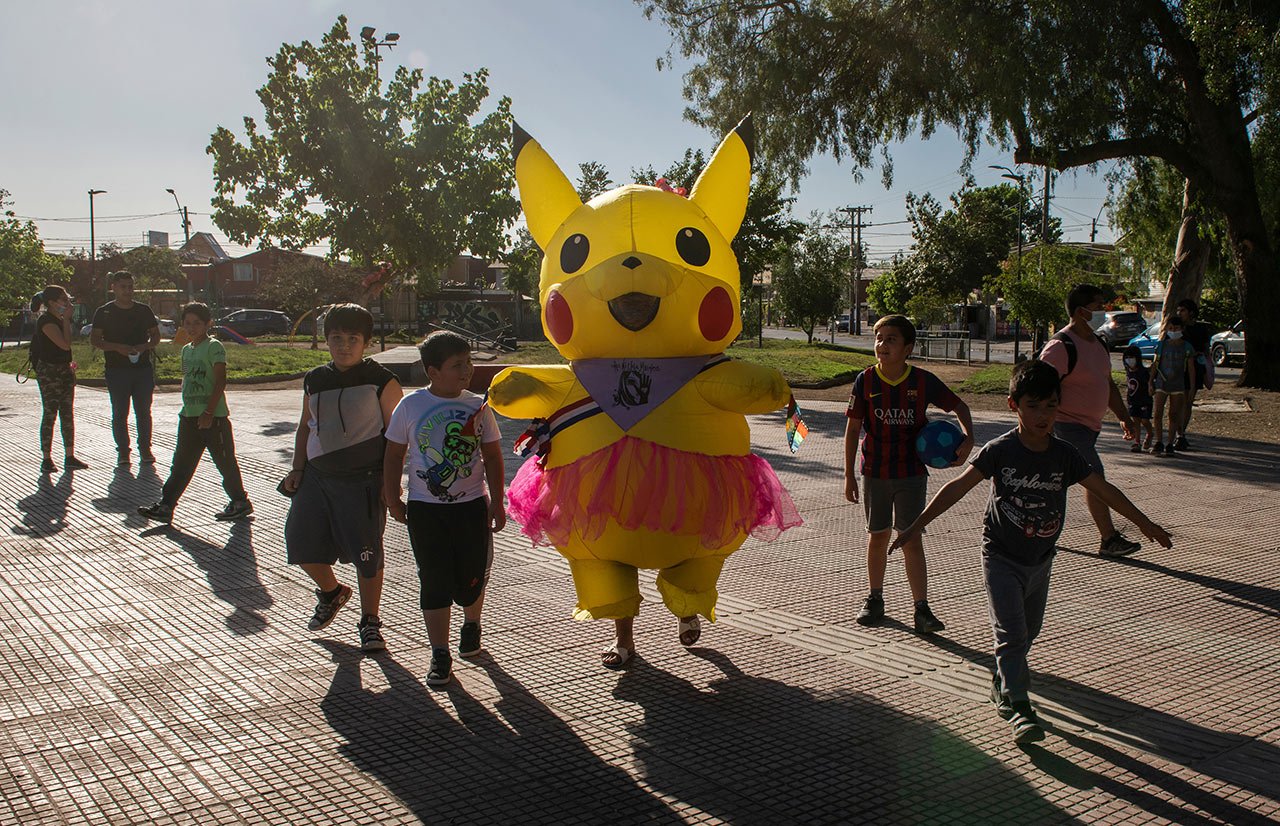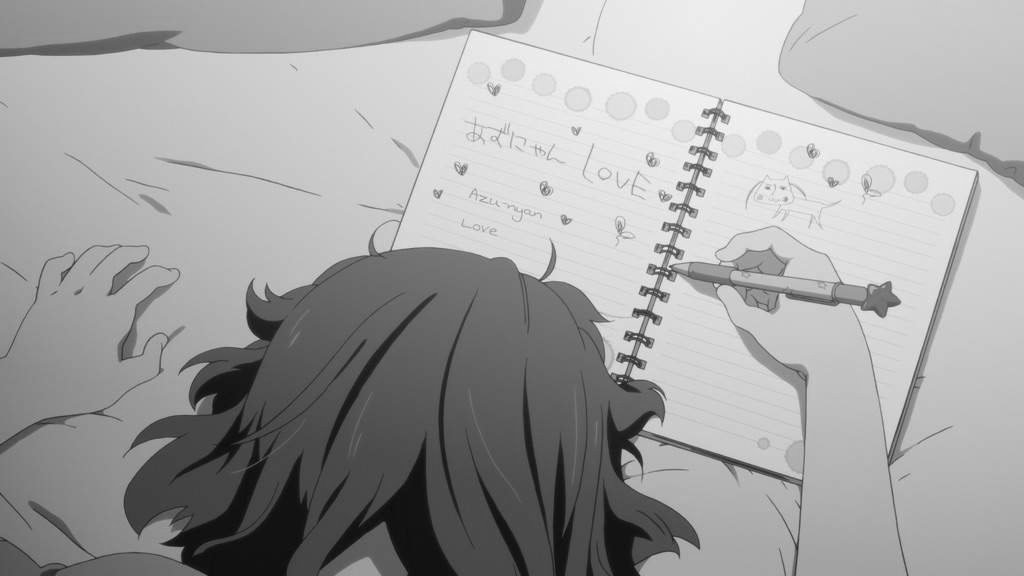The Otaku Revolution: How Anime and Manga Transformed Protests in Chile

A powerful means of expression and mobilization
Anime and manga are undeniably a global phenomenon. Their expression and art weave incredible and wonderful stories, spanning virtually all literary and cinematic genres. They materialize imagination, encompassing aspects of life and fantasy, creating worlds that sometimes seem impossible to conceive, with 2D designs that captivate audiences with their large eyes and triangular features.
This, among other characteristics, serves as a recognized window to Japanese culture for the Western world, allowing for the appreciation and understanding of the culture, tradition, creativity, and history of the Japanese nation.
The broad capacity to contain diverse stories makes anime and manga attractive, delivering a series of messages that captivate audiences based on their own meaning they derive from them. Addressing themes from everyday situations, romance, and environmental issues to sports, youth, wars, supernatural journeys, murders, and investigations, the genre can tell almost any story.
These messages are captivating as a means of visibility and dissemination of different social realities or issues. This is exemplified in films like "Tokyo Godfather" (2003), where characters challenge oppressive and corrupt systems - and their impact is observable beyond the screen and the magazine.
Such spans to even the most unlikely of contexts. During the 2019 mobilizations in Chile, anime and manga became an symbol of empowerment and solidarity and important tool of expression for those seeking change in Chilean society. Known as the "Social Outburst," in October 2019, Chile witnessed a series of protests driven by public outrage over deep rooted socioeconomic inequalities, demands for social justice, and concerns about the country's political and economic system.
Such came from neoliberal model which privatized and commodified basic services such as housing, education, transportation, and health, favoring local entrepreneurs at the expense of the working class. Imposed in the 1970s and 80s during a brutal military dictatorship led by Augusto Pinochet, this inequality represents the legacy of a regime which violated the human rights of thousands of people over 17 years.
Thirty years later, in a context of "democracy," the working class, university students, and high school students took to the streets - expressing dissatisfaction with the high cost of living compared to real incomes. The protests demanded concrete measures from the state to address these issues, placing the responsibility on individuals to find tools to face daily life.
Exhausted and vulnerable, protests erupted when public transportation fares increased and the Sebastián Piñera government attempted to justify the fare hike. This, coupled with a lack of response to historical demand, triggered a series of events starting with public transportation evasion in Santiago, led by high school students. Their harsh repression by police forces fueled citizens' anger.
Tired of governmental indifference, people took to the streets, rebelling against perceived injustices, first in the capital and then throughout Chile. The protests continued until March 2020, pausing only due to the COVID-19 pandemic. This led to the initiation of a new constitutional process currently underway.
During the protests, a fascinating phenomenon emerged, defining the demonstration: the appearance of protesters dressed as characters from various anime series. Protesters dressed as Naruto characters like Akatsuki raised banners and signs with slogans and phrases from anime series such as Kimetsu no Yaiba, Shingeki No Kyojin, One Piece, and even Pokémon. The use of anime and manga in protests demonstrated their ability to convey different themes, ranging from social issues like poverty and abandonment to justice and dignity, contributing to discussions on how humanity faces different situations.
Anime and manga extended beyond entertainment to become a powerful means of expression and mobilization. The connection between anime and social demands was not superficial; the narratives of justice, resistance, and unity present in many series resonated with the collective mindset of the protesters. This creative explosion mobilized people and inspired them to continue their fight - and showcased the population's creativity and ingenuity in expressing their discontent with institutional mistreatment.
The influence of anime and manga extended to memes, illustrations, and videos inspired by favourite anime series to spread messages and engage a wider audience, encouraging digital connectivity which transformed the protests into a globally connected movement.
This impact has been the subject of academic analysis and subsequent studies - Niu (2015) delved into "Localizing Manga and Anime Outside Japan," emphasizing the adaptation of these cultural forms in non-Japanese contexts, showcasing how manga and anime culture transcends geographical and cultural boundaries, finding enthusiasts worldwide and influencing Western animation and storytelling.
Anime and manga proved to be more than mere forms of entertainment in Chile - they transformed into a collective voice resonating across the country and transcending borders, inspiring global solidarity toward social justice causes. Japanese popular culture became a powerful tool for expression and mobilization in contexts of social change and challenging the establishment.
Author: Amarilis Rojas Ulloa














